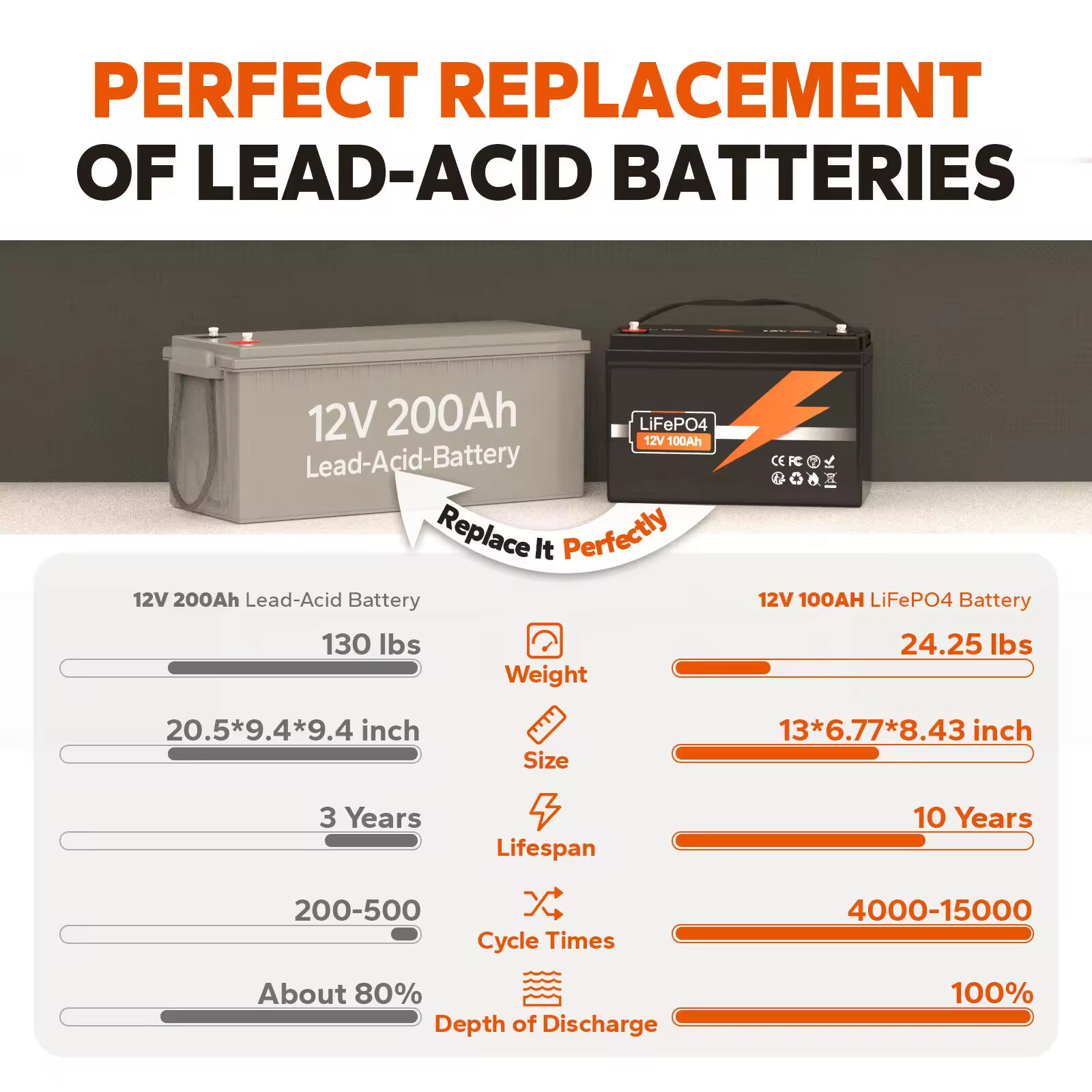Picking the right battery for your project usually leads to the classic showdown between lead-acid and lithium power packs. Each brings its own strengths and weaknesses, so the best choice really depends on what you plan to do with the energy. In this post, well break down how each type performs, costs, and affects the planet so you can buy with confidence.
Performance and Durability of Lead-Acid Batteries
Lead-acid cells have been keeping cars and backup systems running for well over a hundred years, and that history shows in their widespread availability. Their big selling point is rock-solid reliability coupled with a wallet-friendly sticker price at checkout. On the flip side, these batteries dont last long, pack less energy per pound, and take ages to recharge fully. A well-maintained lead-acid unit still only survives about three to five years under normal use. Add the weight and bulk, and they quickly become a poor fit for anything meant to be lifted or carried around.
Advantages of Lithium Batteries in Performance and Longevity
Lithium batteries keep winning fans because they run longer and work better under hard use. Instead of the five to seven years most lead-acid types deliver, a good lithium pack can last eight to fifteen years or more, practically doubling usable life. Because they pack heavy power into a small, lightweight shell, they take up far less room and weight than an equal lead-acid setup. That slim profile is why electric cars, boats, and off-grid solar projects love them. Add super-fast recharging and users spend less time plugged in.
Cost Comparison: Upfront and Long-Term Perspectives
Price always matters when buying a battery, and here the story gets complicated. Lead-acid cells look cheap at register, but lithiums usually save money over their entire run thanks to the longer life and almost no upkeep. To get a real picture, buyers should total up purchase cost, how often they swap the battery, routine checks, and the extra juice wasted heating old lead acids.
Environmental Impact of Both Battery Types
Environmental awareness is a bigger part of everyday conversation than it was just a few years ago, and for good reason. Everyday items we tend to overlook, like car and tool batteries, leave a sizeable footprint if they end up in the wrong place. Lead-acid units contain lead and sulfuric acid, so an old one dumped in a landfill can poison soil and water. That’s why states in the U.S. already treat them as hazardous waste and offer deposit schemes to encourage safe return. Lithium packs carry fewer dangerous chemicals, yet they still need special handling because cells can catch fire when physically damaged. Luckily, battery-makers now run collection drives and build plants that harvest metals like cobalt and nickel, cutting the need for brand-new raw materials.
Making the Right Choice: Key Factors to Consider
When it comes time to pick a battery, the right choice hinges on what job the battery will do, how often you’ll use it, and how much money you want to spend upfront and over the long haul. Lead-acid batteries shine in older vehicles or backup generators that sit idle for weeks; their low sticker price and solid short-cycle life make them hard to beat for sporadic tasks. For golf carts, solar storage, or any gadget that drains and refills daily, a lithium system delivers almost triple the usable capacity and weighs half as much, which is helpful when weight matters. Because production costs climb each quarter and replacements usually last fifteen or more years, early adopters find they save money rather than lose it. Keeping an eye on new chemistries, longer warranties, and second-life grid projects will help ensure the power solution you choose stays relevant—whether portable or embedded—for many seasons to come.

